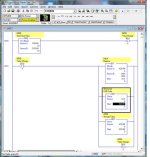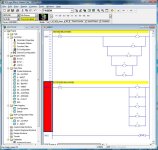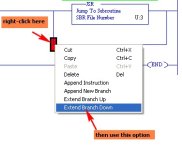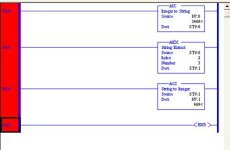OkiePC
Lifetime Supporting Member
Besides all math should be floating point!
Sure, then we could say with certainty that "the results might be a little bit off" and never be forced to make it exact. And, with my ML1000s and 5/02s it will be so much fun to write my own floating point handler in ladder logic with 1k of user memory.
j/k
Paul
Last edited:









